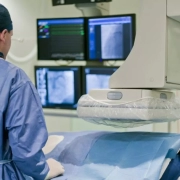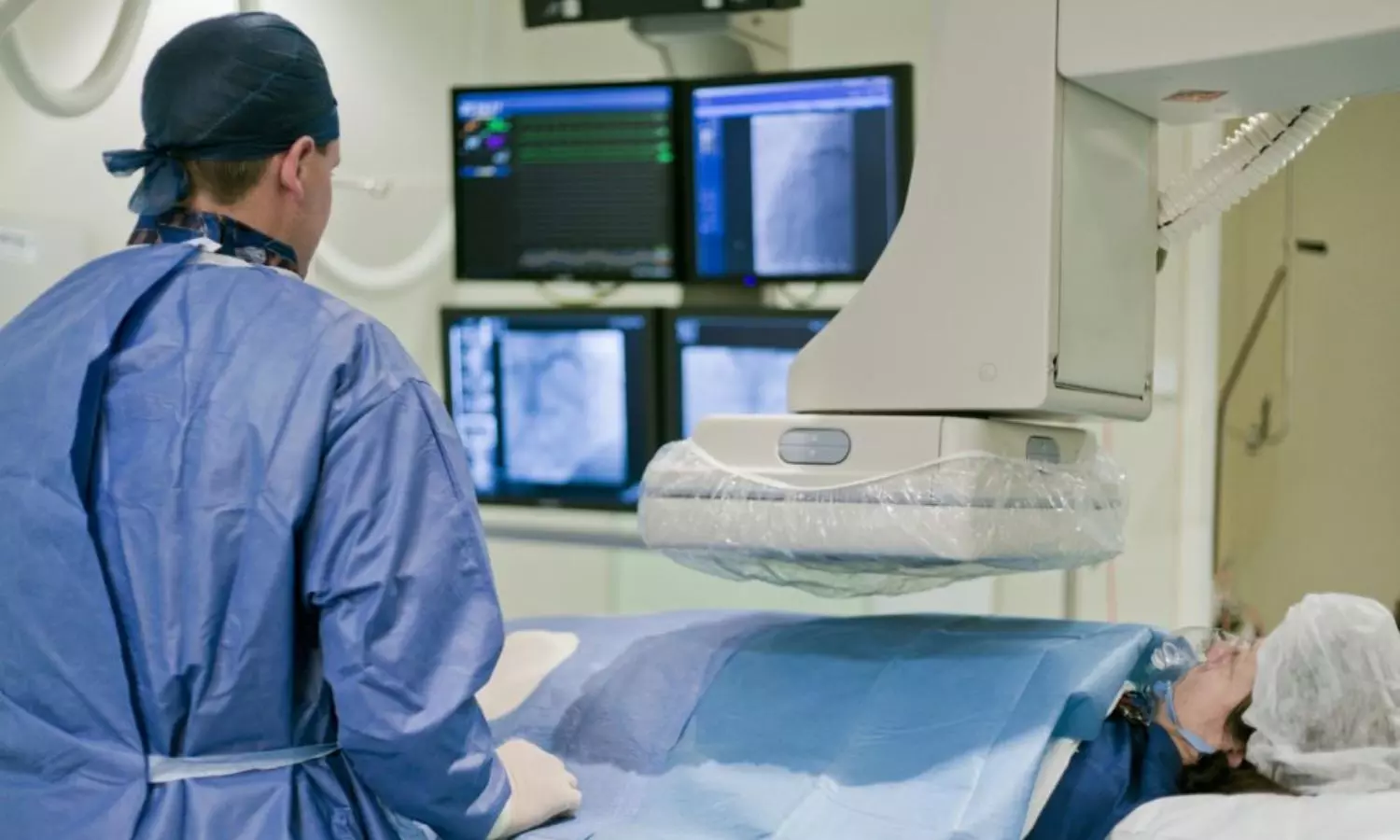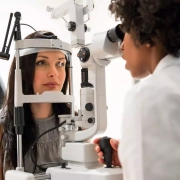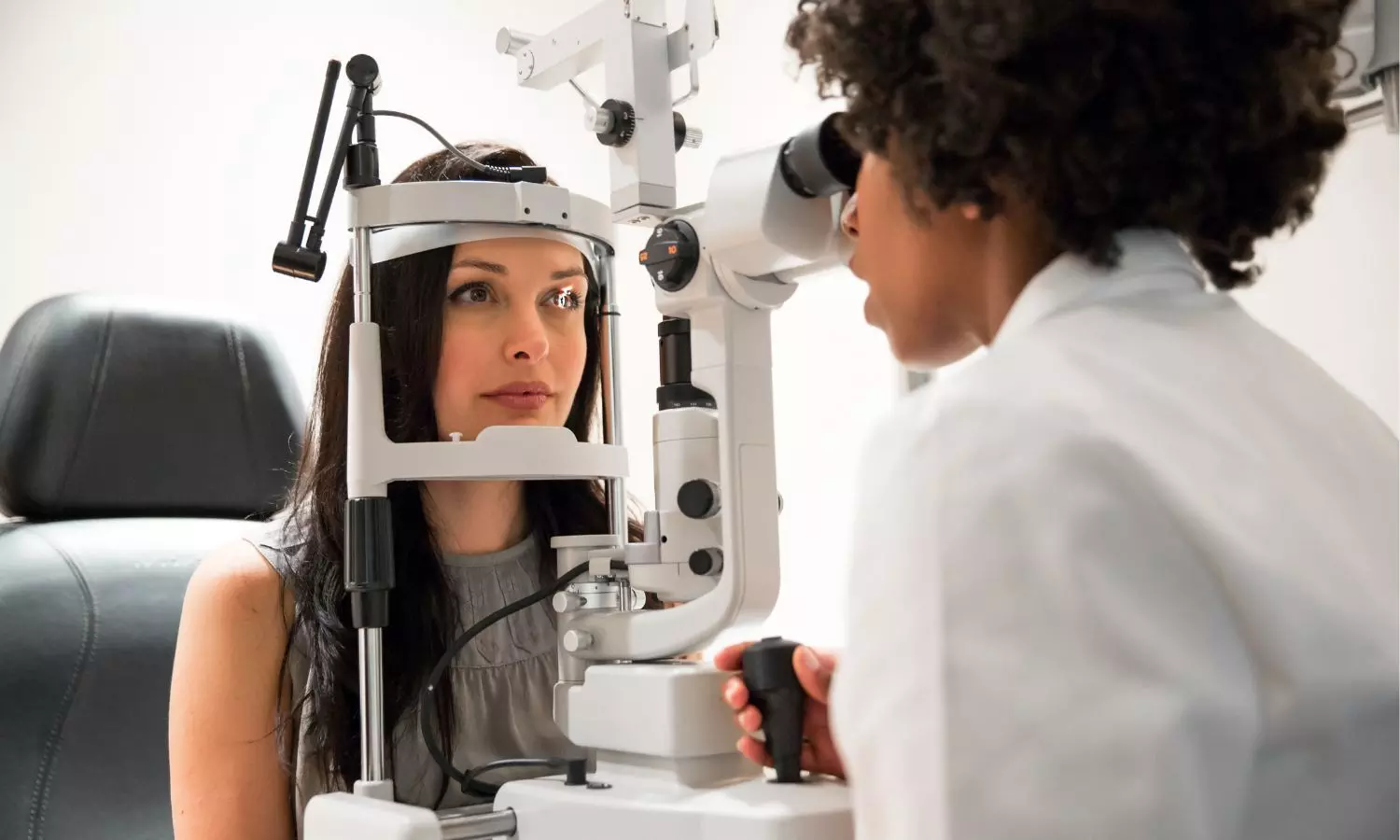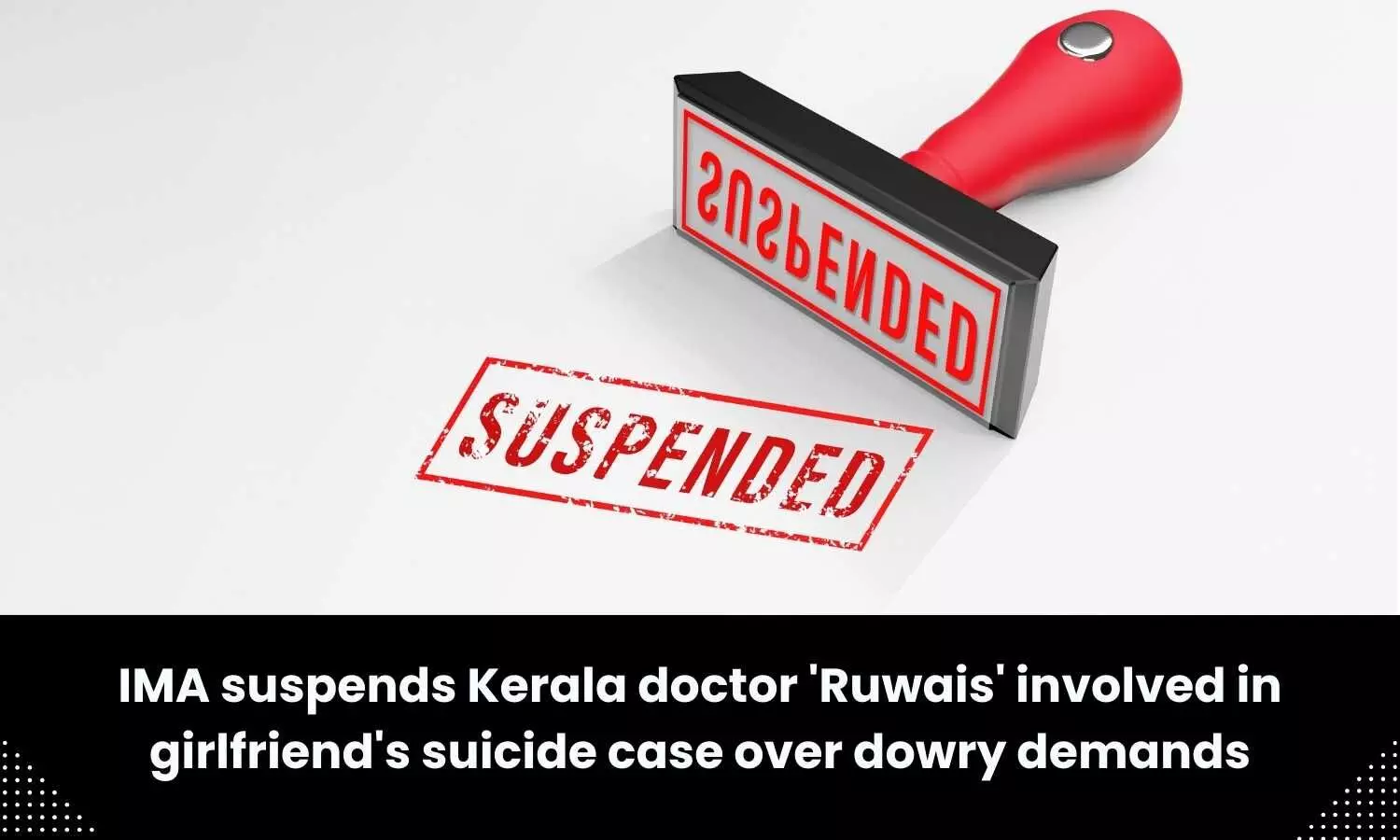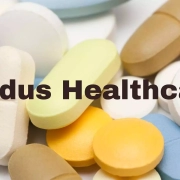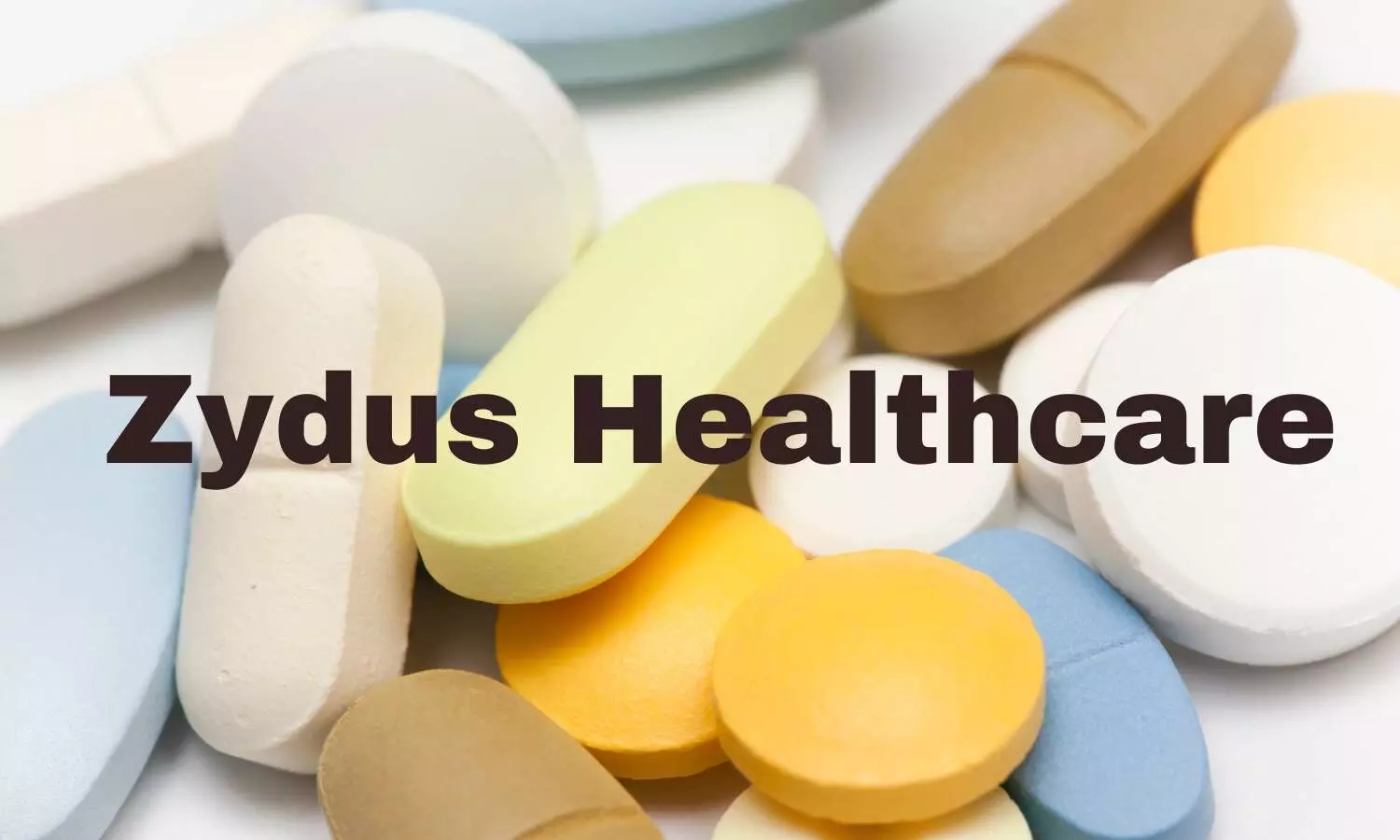Mediterranean diet effective nutritional option for improving chance of success in IVF

Adjuvant therapies to help infertile women conceive by IVF – especially those whose treatments have been unsuccessful in the past – are now a common feature both before and during the treatment cycle. Now, a new analysis of the evidence for many nutritional supplements and diets thought to improve outcome in IVF has concluded that adopting a Mediterranean diet during treatment would offer a single ‘straightforward approach’ with good evidence of benefit in contrast to that of a Western diet.
Evidence from studies of nine commonly used nutritional supplements was found to be inconsistent and not always of good quality. The analysis, by Professor Roger Hart, University of Western Australia and City Fertility, Perth, Australia, is published today in the peer-reviewed journal Reproductive Biomedicine Online.
He explained that the extent to which nutritional supplements are used in IVF is largely unknown. ‘Nutritional supplements are usually not prescribed,’ explained Professor Hart, ‘but bought online or over-the-counter. They’re self-medicated and solid data on usage is impossible to determine. Our information is largely anecdotal but it’s quite clear from online IVF discussion forums that they are widely used and of great public interest.’
The nutritional supplements analysed in the study were dehydroepiandrosterone (DHEA), melatonin, co-enzyme Q10 (CoQ1O), carnitine, selenium, Vitamin D, myo-inositol, Omega-3, Chinese herbs and several diets (as well as weight loss). Many were reviewed as adjuvants for poor response to previous IVF treatment, of which DHEA and COQ10 appeared in studies to have more benefit than control therapies. Similarly, there was some evidence of benefit from melatonin, but it remains unclear which patient groups might benefit, nor at which dose.
However, the evidence in favour of a Mediterranean diet is much stronger and includes several well designed randomised clinical trials, showing benefits in both embryo development and pregnancy outcome (even from a six-week intervention programme). Professor Hart explained that the common features of these favourable diets were those with high intakes of fruits and vegetables, whole grains, legumes, nuts, fish, and monounsaturated or polyunsaturated oils, but with a limited intake of highly processed foods. ‘These diets are high in B-vitamins, antioxidants, omega-3 poly-unsaturated fatty acids and fibre and are low in saturated fat, sugar and sodium,’ he said. Omega-3 fatty acids, often taken as combined preparations, are the most studied dietary fatty acids in the IVF literature, largely, said Professor Hart, because of their perceived benefits in general health and reproduction. The evidence suggests that omega-3 fatty acids ‘may be beneficial’ in improving IVF clinical outcomes and embryo quality.
Similarly, antioxidants are usually taken as combinations of supplements but evidence from one major review (of 63 antioxidant studies in reproduction) described them as of low quality and was unable to demonstrate any benefit in terms of live birth rate.
Thus, from this mass of evidence Professor Hart advised that a simple nutritional approach to assist conception via IVF would be the adoption of a Mediterranean diet. The use of COQ-10 and DHEA before starting IVF may be a useful adjunct for women who had a previously poor response to ovarian stimulation, while supplementation with omega-3 free-fatty acids may indeed improve some clinical and embryological outcomes.
Professor Hart also advised that all women attempting to conceive should be taking adequate folate supplementation and should seek the advice of their general practitioner or specialist to ensure they are in their best general health for conception.
Reference:
R.J. Hart, Nutritional supplements and IVF: an evidence based approach, Reproductive BioMedicine Online, DOI: https://doi.org/10.1016/j.rbmo.2023.103770
Powered by WPeMatico




